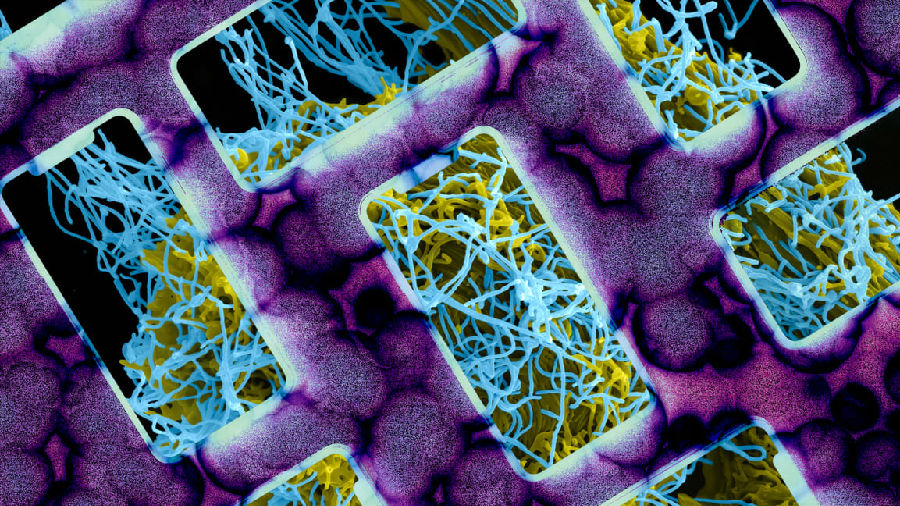In a new study out of the Massachusetts Institute of Technology, health researchers make the case for using real-time cell-phone data to track and mitigate major disease outbreaks.
在麻省理工学院进行的一项新研究中,健康研究员提出使用实时手机数据跟踪和遏制重大疾病突发。
Unfortunately, several barriers—including privacy concerns and a lack of data legislation—are likely to stop this kind of information from ever getting to researchers.
不幸的是,研究人员在获取这些数据时遇到了一些障碍,如对隐私的担忧、缺乏与数据相关的法律。
Earlier this year, researchers at MIT set out to see if they could reasonably predict how a disease might move through a city by looking at commute routes.
今年早些时候,麻省理工学院的研究人员准备要看看他们是否能通过观察通勤路线来对疾病在城市中的传播方式做出合理预测。
Through a deal with Singapore telecom Singtel, MIT researchers were able to get access to four months' worth of anonymized cell-phone location data from 2011.
通过与新加坡电信公司合作,麻省理工学院的研究人员成功获取了2011年起 4个月的匿名手机定位数据。
The disease they were tracking was a 2013 outbreak of dengue fever, a virus transmitted via mosquito that manifests in headaches, muscle pain, and vomiting.
他们要追踪的是2013年爆发的登革热,这是一种通过蚊子传播的病毒,症状表现为头痛、肌肉疼痛和呕吐。
The researchers hypothesized that the disease traveled around the city along the same routes as people's phones did.
研究人员猜测这种疾病在城市的传播路径和人们手机的移动路径是一致的。

When they tested their predictions against census data for 2013 and 2014, which recorded the number of cases over the course of two years, they found the models were accurately estimating the growth trajectory the disease.
他们将自己的预测与2013年和2014年的人口普查数据进行了对比,该数据记录了两年间的病例数量,他们发现模型准确估计了疾病的发展轨迹。
The study is remarkable for its ability to examine the pattern of dengue's spread as it moves inside smaller regions like cities and towns. Typically, researchers study disease at a much broader level—think states and countries. But smartphone data allows researchers and scientists to see more detailed information about the way people interact with their environment and each other.
该研究值得注意的一点是能研究登革热在城市和城镇等小范围内的传播模式。通常,研究人员会在更广泛的层面上研究疾病——如州和国家的范围。但智能手机数据使研究人员和科学家能看到人们如何接触环境以及他人的更详细信息。
"This data can be really useful in an emerging situation," says Emanuele Massaro, a scientist at École polytechnique fédérale de Lausanne in Switzerland and the lead author on the paper. He argues that "scientists, NGOs, and political decision makers" should have access to cell-phone data more broadly, so they can more easily contain disease outbreaks.
瑞士洛桑联邦理工大学的研究员Emanuele Massaro是这篇论文的第一作者,他说:“这一数据在紧急情况下真的很有用。”他认为“科学家、非政府组织和政治决策者们”应该更广泛地获取手机数据,以便他们能更容易地遏制疾病爆发。













